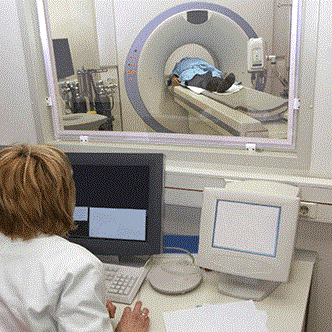
The PESA (Progression of Early Subclinical Atherosclerosis) study was first started in Spain in 2010 to learn more about subclinical heart disease—heart disease that exists but has yet to cause symptoms. More than 4,100 healthy adults aged between 40 and 54 years enrolled in the study, recently published in the journal Circulation, undergoing 3–D tests to assess the build-up of plaque in their arteries. Plaque build-up in the arteries, referred to as atherosclerosis, is a form of heart disease and is the leading cause of heart attacks in the United States. Computed tomography scans (CT scans) use a special X-ray to find the build-up of fat, cholesterol and calcium on the walls of the arteries to diagnose heart disease.
Based on results of imaging tests, researchers found that 63% of otherwise healthy participants had heart disease, even though they showed no symptoms. Plaque build-up was more common in men, affecting 71% of men and 48% of women.
Perhaps most concerning, a common test called the Framingham Heart Study 10-year risk, which estimates an individual’s risk of developing heart disease in the next ten years, may underestimate cardiovascular risk in healthy adults. Among participants with a low 10-year risk, 58% actually had heart disease based on 3–D scans. Fortunately, the 30-year risk calculations were more accurate, as 83% of participants considered high-risk did, in fact, have signs of heart disease.
The build-up of plaque in the arteries develops gradually over time, so it’s not surprising that many adults show signs of disease. Atherosclerosis usually doesn’t cause symptoms until it’s so severe that it stops blood flow completely, potentially triggering a heart attack or stroke.
That’s why, as authors point out, 3–D ultrasounds of the arteries are useful for recognizing early signs of heart disease. It’s better to treat narrowing arteries before they cause life-threatening heart events. Catching early signs of plaque build-up could also motivate patients to take the steps needed to improve their heart health and reduce cardiovascular risk. However, since atherosclerosis can develop slowly over time, determining when detailed heart testing is most effective requires further investigation.